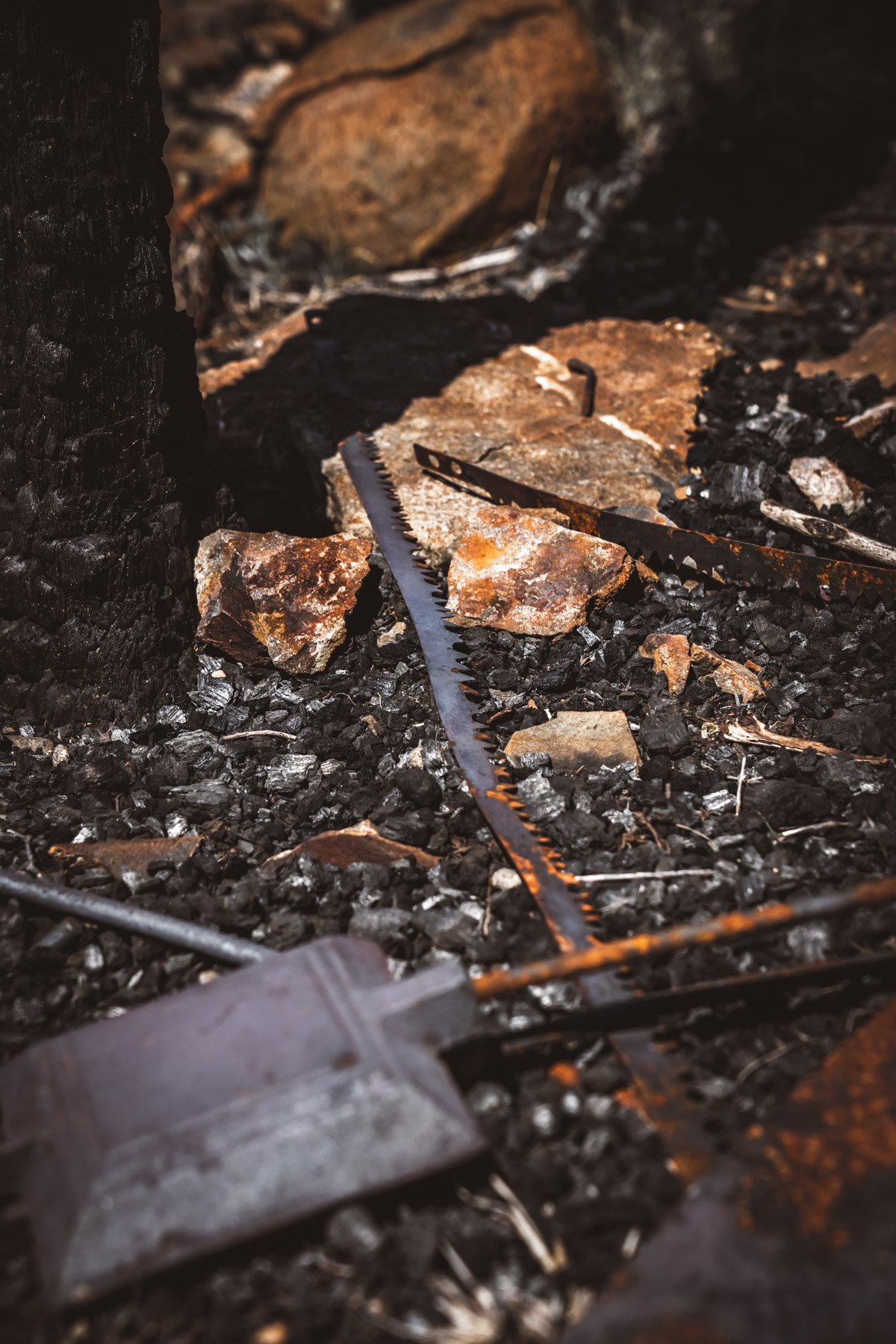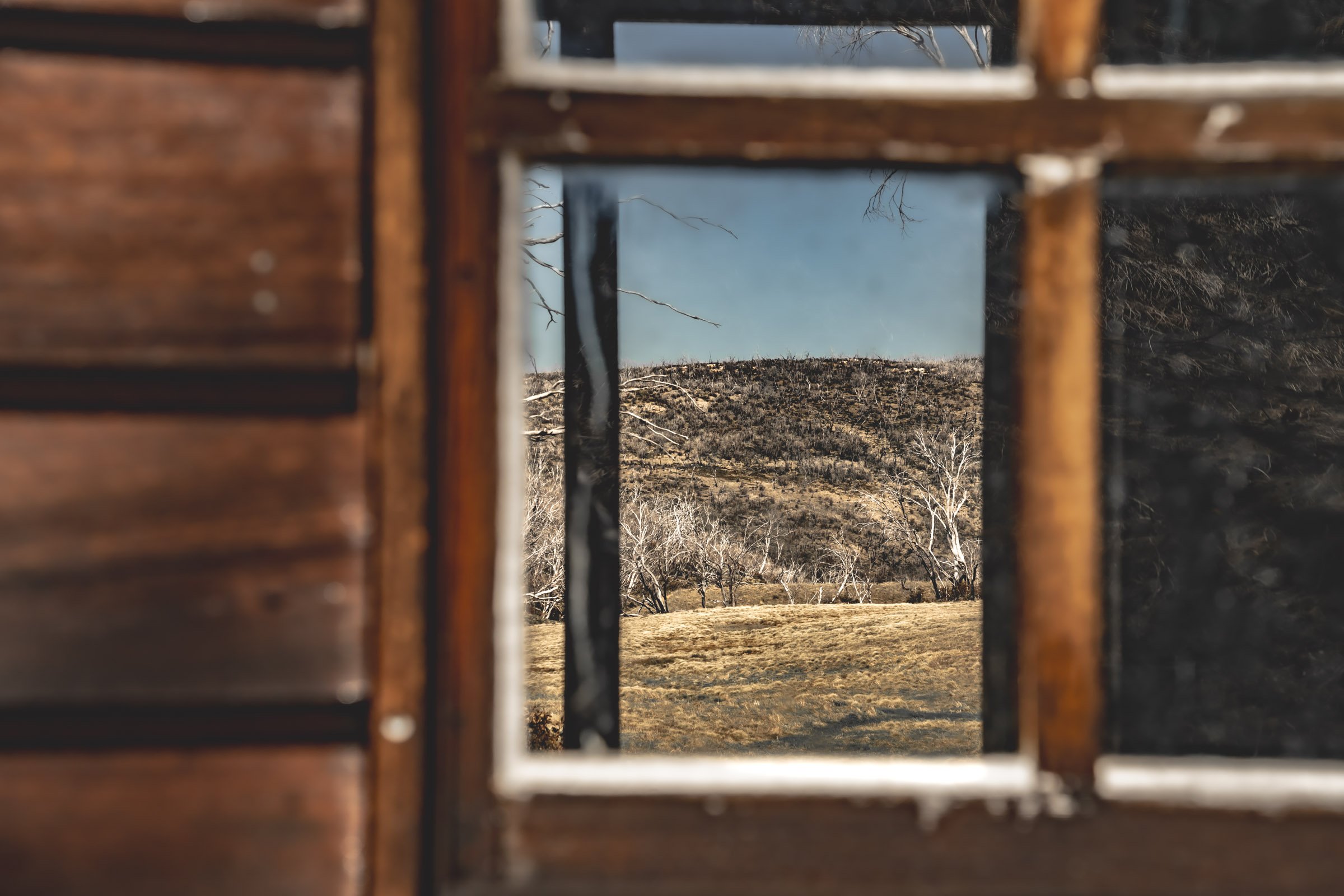FIELDS OF GOLD
For generations the mountains drew those seeking a life beyond the boundaries of settlement. Those willing to pit themselves against the harsh conditions in pursuit of freedom and fortune. And it was the promise of these plains which which drew them. This vast and beautiful string of windswept plains high in, and adjacent, to the alpine ranges.
As early as the 1830s they became the fabled summer grazing pastures. Then in 1859 they gave birth the gold rush when two high country stockmen discovered gold in the mountain plains of Kiandra.
The trials that people have faced chasing cattle and gold on these plains have forged some of our most enduring legends, and helped to shape what it means to be Australian.

The vast beauty of this landscape is impossible to capture in a single image.
The alpine plains and plateaus of the mountains are so beautiful. You climb up and up through the scrub and bush which eventually gives way to the vast open expanse of this secret world... Wild and untamed.
There is a freedom of spirit found up here and nowhere else I’ve been.

This collection celebrates the vast sweeping beauty of the high plains. And the brumbies that call them home.


It also explores the pastural and mining heritage the remnants of which are scattered all across them.

GOLD
At its peak the high country gold rush saw over 10,000 people chasing their fortune in the harsh snowy mountains landscape.
During Kiandra's first year of mining the field produced more than 67 000 ounces of gold
The remnants of this chapter are scattered across the Kiandra region and still radiate a spirit of adventure and opportunity.




The gold “rush” period did not last long, with only a small population of miners remaining by 1861. Mining continued not only at Kiandra but also in adjacent areas,
The names of many sites reflected their distance from the Kiandra settlement - Nine Mile, Four Mile and Six Mile being primary examples.
T


Gooandra Homestead, nestled in the trees on a ridge above Gooandera Creek is one of the few surviving alpine pastoral homesteads. It offers a glimpse into a way of life now gone.


The history of Gooandara Homestead like so many of the stories of the mountains is difficult to account for with certainty.
One official account is that sometime during the 1860s miners from the Six Mile diggings (located to the north of Kiandra prospected a new area near Gooandra Creek to the north-east. And on a ridge nearby that the group built a small hut.
It is said that remnants of this hut including the chimney are the remnant structures about 20 metres from the homestead.
And is thought to be the oldest surviving structure in the Kosciusko National Park.
And that the homestead itself was built in 1913 by Fred Lampe, using materials from the Lobbs Hole underground copper, gold and silver mine. The old Miners Hut was used as the kitchen.
Lampe held a vast grazing lease for sheep, and a wool shed stood nearby until the late 1970's.
By the late 1990s the homestead was almost collapsed and was restored. Today its preservation offers a glimpse into both the mining and pastoral heritage in the mountains
This is not the story I hear as we ride up on the homestead in the warm afternoon sun.
Everywhere else there is a miners hut or remnants of a dwelling you see the tell tale signs of mining in the landscape you see the water races and the dig-sites. There is no evidence in the area around Gooandara of any mining, no water races, no obvious dig sites, nothing. This begs the question why would miners build a hut so far from where they were digging.
The story I hear from Mark and from the others is that the homestead was effectively transported to its location from Yarangabilly all except its veranda which was not added until relatively recently. They recount living memory stories of the homestead without its verandah and point out the distantly pastural nature of the dwelling.
The remnants of the original structures are not they say an original miners hut turned homestead kitchen but rather the smokehouse built when the property was first settled.



Broken Dam Hut


